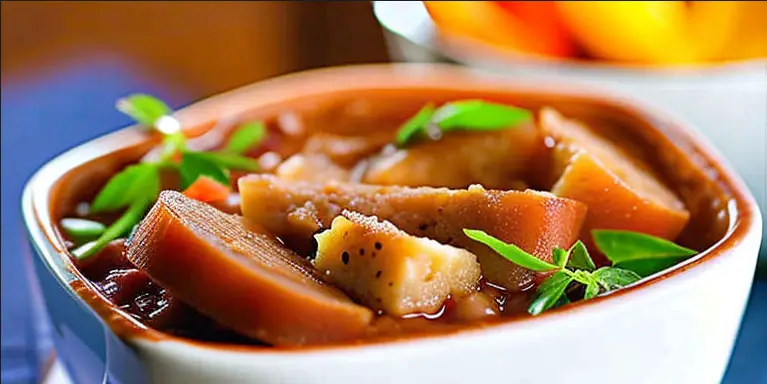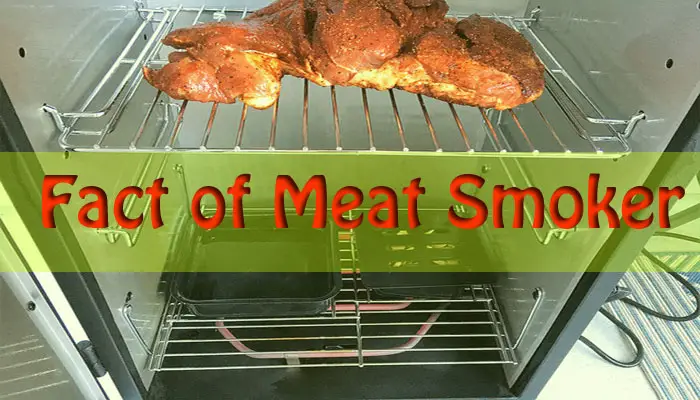Potted meat is a type of processed meat that has been enjoyed for centuries as a quick and convenient snack or meal. It is made by slow-cooking meat, usually pork, with spices and fat until it becomes tender and spreadable. While potted meat has been a pantry staple for many households, some people may not know how to eat it properly or be unsure of how to incorporate it into their meals.
In this blog post, I will explore various ways to eat potted meat and provide tips on how to prepare and serve it. We will also discuss the nutritional value of potted meat and whether it can be a healthy part of your diet.
So, whether you are a seasoned potted meat connoisseur or a curious beginner, read on to learn how to enjoy this classic canned meat.
Preparing to eat Potted Meat
Preparing to eat potted meat is an essential step that should not be overlooked. Here are some tips on how to prepare potted meat for consumption:
Potted Meat packaging
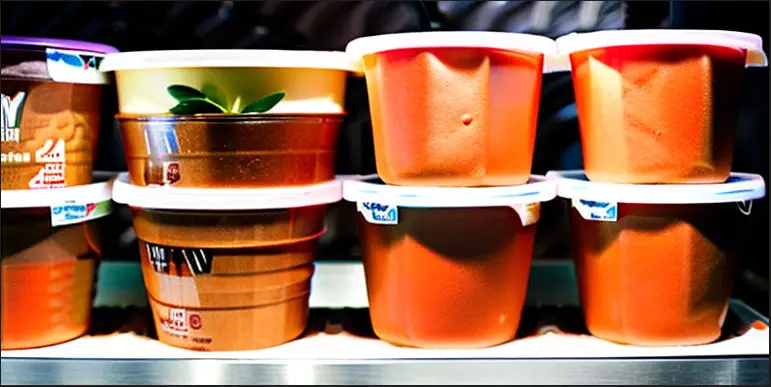
Potted meat is usually sold in a small, metal can or plastic container. Before opening the can, check the expiration date to ensure that it is safe to eat. Also, look for any signs of damage to the packaging or bulging of the can, which could indicate spoilage.
Choosing the right utensils
To eat potted meat, you will need a utensil, such as a knife or spoon, to scoop it out of the can or container. It’s essential to choose a clean utensil to avoid contamination.
Preparing the potted meat for consumption
Once you’ve opened the can, use a clean utensil to scoop the potted meat onto a plate or into a bowl. It’s also a good idea to stir the potted meat to ensure that the spices and fat are evenly distributed. If the potted meat is too thick, you can add a small amount of water or broth to make it more spreadable.
By taking these simple steps, you can ensure that your potted meat is safe and enjoyable to eat.
Ways to eat Potted Meat
There are various ways to eat potted meat, depending on your preferences and taste. Here are some popular ways to enjoy this versatile canned meat:
Straight from the can
If you are in a rush or don’t have access to utensils, you can eat potted meat straight from the can. Simply peel back the lid and use a clean finger or spoon to scoop out the meat.
On crackers or bread
Potted meat is a popular spread for crackers or bread. You can use a knife to spread the potted meat onto the crackers or bread, or you can dip the crackers directly into the can. This is an excellent option for a quick snack or light meal.
In a sandwich
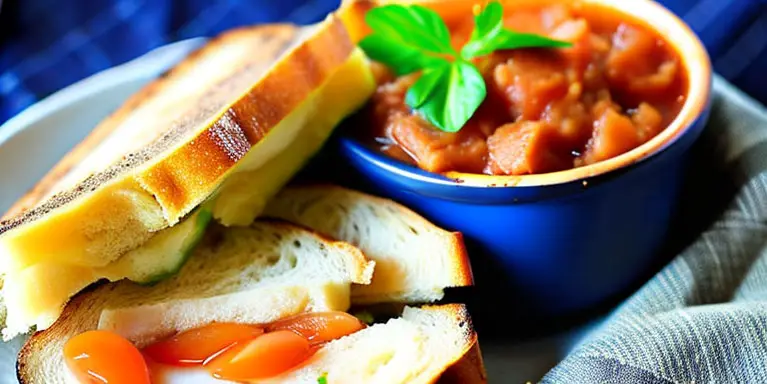
Potted meat can also be used as a sandwich filling. Spread the potted meat onto two slices of bread and add your favorite toppings, such as lettuce, tomato, or cheese. This is a more substantial option for a quick lunch or snack.
In a salad or dip
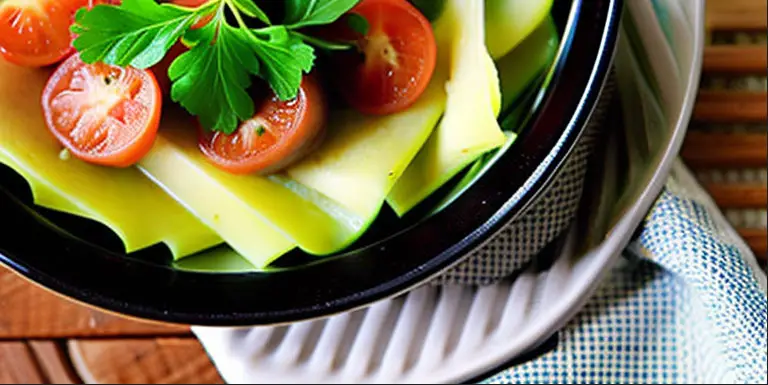
Potted meat can also be used as an ingredient in salads or dips. Mix the potted meat with mayonnaise, sour cream, or cream cheese to create a flavorful dip. You can also add it to salads, such as egg or potato salad, for added protein.
These are just a few ways to eat potted meat. Don’t be afraid to experiment and find the method that suits your taste buds best.
Serving suggestions for Potted Meat
When it comes to serving potted meat, there are a few things to keep in mind to make the most of this canned meat’s flavor and texture. Here are some serving suggestions for potted meat:
Pairing with other foods
Potted meat has a strong, savory flavor that pairs well with a variety of foods. Some popular options include crackers, bread, pretzels, pickles, and cheese. You can also pair potted meat with fruits, such as apples or grapes, for a sweet and salty combination.
Beverages to serve with Potted Meat
Potted meat can be quite salty, so it pairs well with a beverage that can balance the saltiness. Water, sparkling water, or unsweetened tea are good options. If you want to have a bit more flavor, you can try serving potted meat with a light beer or a dry white wine.
Optimal serving sizes
Potted meat is quite rich, so it’s important to be mindful of serving sizes. As a general rule, a serving size of potted meat is about two tablespoons or 30 grams. You can adjust the serving size depending on how you plan to eat the potted meat. For example, if you’re using it as a sandwich filling, you may need more than a serving size.
By considering these serving suggestions, you can create a delicious and balanced meal or snack with potted meat.
Nutritional Value of Potted Meat
Potted meat is a convenient and affordable source of protein, but it’s also important to understand its nutritional value. Here are some key nutritional facts about potted meat:
A. Protein: Potted meat is a good source of protein, with about six grams of protein per serving. Protein is essential for building and repairing tissues in the body and supporting a healthy immune system.
B. Fat: Potted meat is high in fat, with about five grams of fat per serving. While some types of fat are necessary for good health, too much saturated and trans fat can increase the risk of heart disease and other health problems.
C. Sodium: Potted meat is also high in sodium, with about 340 milligrams per serving. Consuming too much sodium can lead to high blood pressure and other health problems, so it’s important to limit your intake.
D. Other Nutrients: Potted meat is not a significant source of other nutrients like vitamins and minerals. However, some brands may add vitamins and minerals to their products to enhance their nutritional value.
E. Overall: Potted meat can be a part of a healthy and balanced diet in moderation. However, it’s important to be mindful of its high sodium and fat content and to consume it in moderation. If you have health concerns or dietary restrictions, it’s always best to consult with a healthcare provider or registered dietitian.
Pros and cons of Potted Meat as part of a healthy diet
Potted meat can have both pros and cons as part of a healthy diet. Here are some potential advantages and disadvantages to consider:
Pros:
- Protein: Potted meat is a good source of protein, which is important for building and repairing tissues in the body and supporting a healthy immune system.
- Convenience: Potted meat is easy to store and prepare, making it a convenient option for busy individuals or for those without access to a full kitchen.
- Affordability: Potted meat is often less expensive than fresh or frozen meat, making it a budget-friendly option for those on a tight budget.
Cons:
- High in sodium: Potted meat is often high in sodium, which can lead to high blood pressure and other health problems if consumed in excess.
- High in fat: Potted meat can also be high in saturated and trans fats, which can increase the risk of heart disease and other health problems if consumed in excess.
- Processed meat: Potted meat is a processed meat product, which can contain additives, preservatives, and other chemicals that may not be beneficial to health if consumed in excess.
Overall, potted meat can be a part of a healthy and balanced diet in moderation. It’s important to be mindful of its high sodium and fat content and to consume it in moderation. If you have health concerns or dietary restrictions, it’s always best to consult with a healthcare provider or registered dietitian.
Conclusion:
Potted meat is a convenient and affordable source of protein that can be enjoyed in a variety of ways. Whether eaten on its own or used as a filling for sandwiches or snacks, potted meat can be a delicious and satisfying addition to your diet. By following some simple preparation and serving suggestions, you can make the most of this canned meat’s flavor and texture.
However, it’s important to be mindful of its high sodium and fat content and to consume it in moderation as part of a healthy and balanced diet. As with any food, it’s always best to consult with a healthcare provider or registered dietitian if you have any health concerns or dietary restrictions.
Rita C. Donnell (Jennifer) has spent the last 26 years studying and practicing nutrition science. She has used a larger part of this time in improving people’s livelihoods. She has done so by coming up with unquestionable ideas on how to tackle food problems in her community. Readmore

